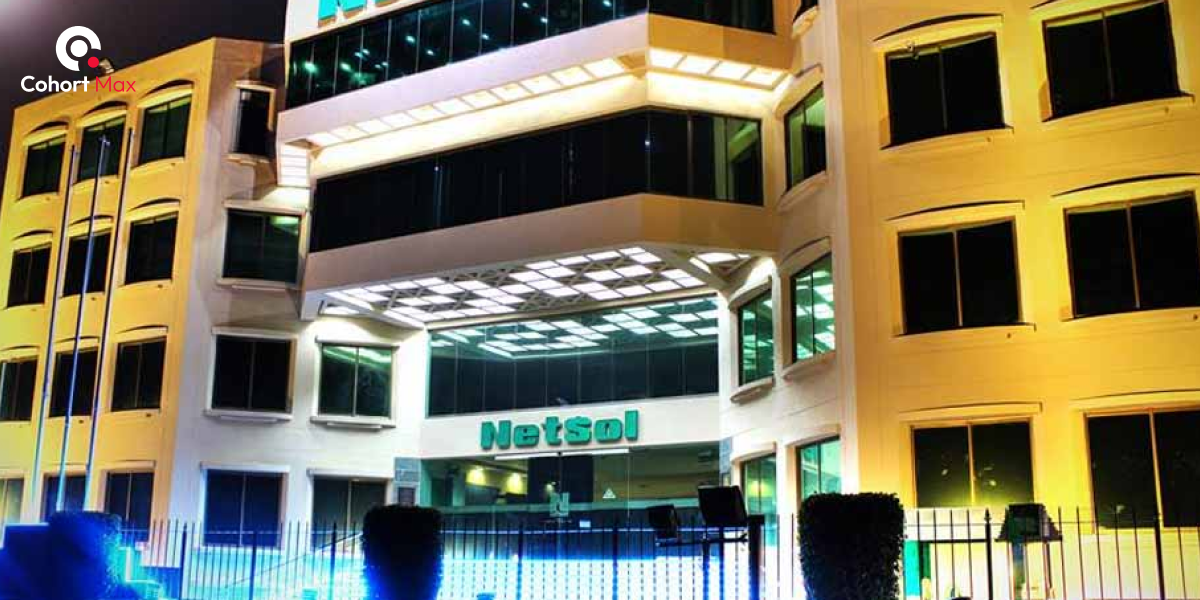A Guide to the AI Automation: The End of the World or a New Beginning?
Artificial intelligence is revolutionizing nearly every industry within the fast-paced world. It’s the driving force behind emerging technologies like the Internet of Things (IoT), robotics, generative AI, and big data. AI automation is working to evolve and adapt to the digital ecosystem.
| Did You Know
Approximately 44% of organizations are embedding artificial intelligence and automation within their existing operations. |
It seems clear that AI is developing itself to make a change, but spectators are confused about whether this change will turn out as a new beginning or the end of the world. This blog highlights these pressing concerns, providing the audience with some facts that they need while giving their opinion on AI automation and the future of work.
Beyond the Hype: The Reality of AI
Human beings are in the midst of a paradigm shift, referred to as the fourth industrial revolution, caused by the emerging technologies mentioned above. Therefore, when we hear about numerous debates, opinions, and updates on automated intelligence, we realize that it has taken over the professional sector, and humans are being reduced to non-entities. A question that arises in their mind most of the time is: what does the AI-driven future hold for human beings?
One fact that can never be ignored is that AI was built by humans, who are capable of great intelligence and have developed automation through technology. However, this transition will not be seamless and will experience numerous challenges, especially in the coming decades. It is estimated that all those transitionary changes will settle down in the long run.
Recent highlights anticipated that by 2030, AI can significantly add up to 16%, almost $13 trillion to the global economy. AI automation holds the potential to be a digital assistant for individuals, but only if we invest in its development while mitigating risks.
AI-Driven Industrial Transformations
| Industrial Revolution | Key Characteristics | Impact on Society |
| First Industrial Revolution | Mechanization of production, a shift from agriculture to industry | Mass migration to cities, rise of factory workers, development of new technologies |
| Second Industrial Revolution | Large-scale industrialization, improved transportation, and communication | Growth of professional careers, expansion of government, introduction of social policies |
| Third Industrial Revolution | Electronics and information technology advancements shift to service-based roles | Automation of tasks, increased importance of knowledge and skills, changing nature of work |
| Fourth Industrial Revolution | Convergence of technologies (AI, IoT, robotics, biotechnology), digital transformation | Disruption of industries, job displacement, creation of new job roles, increased emphasis on digital skills and lifelong learning |
The fourth revolution will be the same as the other three as John Aurik (Global Managing Partner and Chairman of the board, A.T. Kearney Ltd) quoted:
| Each industrial revolution has brought attendant disruption, and the fourth wave will be no different. |
AI’s Dual Nature: A Statistical Exploration
AI’s Dark Side
AI automation is gaining prominence in diverse industries with the passage of time. McKinsey Global Institute reports that by 2030, artificial intelligence has the potential to automate nearly 57% of job activities. Depending upon this stat, it means that the need for massive individuals for the same tasks is reduced to a large extent.
People depend more on robotic process automation and AI for their everyday activities. AI has the potential to automate operations that take up to 70% of staff’s time, which results in somehow eliminating the need for humans, as most of the tasks are performed by automated devices. At the same time, a different statistical analysis shares the fact that almost 12 million workers in Europe and the United States have to change their employment, especially the ones with lower wages. This statistic shows that individuals with fewer capabilities are in high danger.
Similarly, if we look into the stats given by Vinod Khosla, it proves that one of the most costly things for firms is how much they spend on their IT departments. However, 80% of such firms’ staff can be “highly leveraged or maybe replaced” by automated systems. Khosla not only implies that to the ones with low-paying jobs but also those with high-skill jobs because all of them have to work monotonously can be replaced by automation.
AI: A New Era of Efficiency
83% of companies claim that AI automation has become their top priority when they are planning to take a new initiative within their businesses. Artificial intelligence helps create a huge change in the annual income of a business, as Netflix makes $1 billion on a yearly basis from AI-driven customized recommendations. Similarly, 38% of medical providers consider AI automation as a part of an effective diagnosis because it provides upto 100% accuracy.
In comparison, a study claims that automated systems can work better with human judgments. This survey says that almost 25% of claimants trust AI-driven decisions, and about 69% reported that they would believe in automated decisions if they received expert judgments with it. However, This statistical analysis shows that human oversight is also necessary for AI systems even if they become more advanced in the upcoming years.

AI Applications and Its Impact
Artificial intelligence is transforming diverse sectors, exerting a profound impact on their business activities. Some of the most essential industries benefitting massively from the new era of AI automation are:
| Industry | Impact | AI Application |
| Finance | Enhanced scam prevention, real-time transactions | Algorithmic trading, scam detection |
| Healthcare | Drug development, improved diagnosis. | Drug exploration, medical image analysis |
| Retail | Minimized cost, enhanced client satisfaction | Customized suggestions, inventory handling |
| Agriculture | Reduced waste, enhanced crop yields | Crop monitoring, precision farming |
| Transportation | Increased preventive measures, reduced congestion | Autonomous cars, traffic optimization |
| Manufacturing | Enhanced quality, reduced downtime | Quality control, predictive maintenance |
| Education | Improved academic results | Intelligent tutoring systems, customized learning |
| Customer Service | Enhanced client experiences, real-time responses | Virtual assistants, chatbots |
UBI and Neural Lace | A New Paradigm
With the rapid evolutions, AI automation is moving toward a disruptive change, so there must be some options to tackle these challenges. Elon Musk, the founder of Space X and Tesla, discussed the same topic, where he deliberated on diverse choices to combat the disruptive nature of automation. He suggests that neural lace will be helpful in this regard as it works with the human brain symbiotically and transmits signals without interfering with any natural neurological process. This would effectively upgrade the human brain, enabling activities like texting to be performed simply by thinking.
The second strategy that Musk emphasized was Universal Basic Income (UBI). He believes that it’s an effective solution for taking care of the workers who got replaced by AI systems. UBI is the source of income that any government gives to all citizens. This means that everyone will receive an amount of money, regardless of what their financial status is. While the concept of UBI is still a mystery for many users, Elon Musk is convinced that AI automation is an essential source that will make us more focused on challenging and engaging activities.
AI Automation a Double-Edged Sword
The future of AI automation totally depends on the individual usage and implementation of effective strategies to tackle the challenges because of its disruptive nature. By approaching artificial intelligence with a balanced perspective and taking proactive measures, individuals can do wonders. Physicians can perform surgeries with 100 percent accuracy. However, they will only receive precise results if they merge automation with human judgment. That’s how professionals in different sectors can reduce job displacement and change their roles by upgrading their skills. Additionally, it will help them keep pace with the digital world and save their dignity.
More Suggestions:
Empowering Gaming Industry: Google’s Ongoing Support for Pakistan’s Digital Future
ICC Delegation Arrives in Pakistan to Inspect Champions Trophy Preparations







